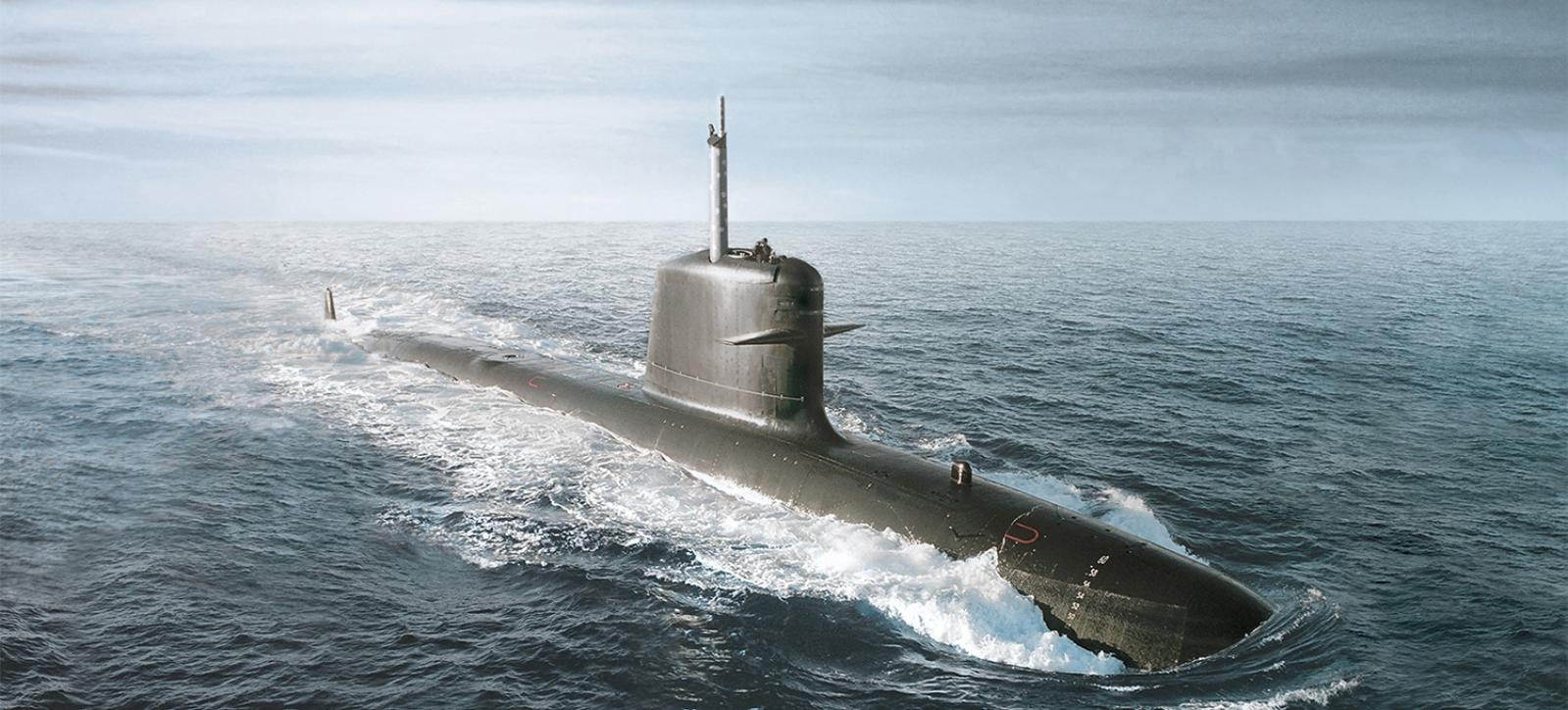SOURCE: IDRW.ORG TEAM.

The arrival of the Chinese research vessel Xiang Yang Hong 3 in the Indian Ocean, ostensibly for scientific research, has sparked concerns due to its potential dual-use nature. While the vessel’s stated purpose is oceanographic research, its capabilities raise questions about the potential collection of underwater data relevant to military applications.
In response, India has deployed the INS Karanj submarine to the Colombo Port for a scheduled operational turnaround. While the submarine’s official purpose is refueling and restocking, speculation suggests it may also be tasked with monitoring the Xiang Yang Hong 3’s activities.
The impact of a submarine on research activities depends on several factors, including the specific research being conducted and the submarine’s proximity to the research area. Here’s a breakdown of potential impacts:
How Tailing Indian Submarine can Play Spoilsport for Chinese Research Vessel
- Physical samples: If the research involves collecting physical samples from the water or seabed, a submarine operating nearby could potentially stir up sediment or disrupt water currents, affecting the validity of the samples.
- Acoustics: If the research uses acoustic methods, such as sonar or underwater microphones, a submarine’s presence and movements could generate noise that interferes with the data collection.
- Electromagnetic: Research using electromagnetic sensors could be affected by the magnetic field generated by a submarine, depending on the specific equipment and the proximity of the submarine.
- Visual: In some cases, the presence of a submarine could visually disturb marine life, potentially affecting observations or sample collection.
How Chinese Research Vessel Can Counter
- Awareness of submarine activity: Research ships is aware of submarine presence in the area , it might adjust their operations or data collection methods.
- Shielding and noise cancellation: Research ships Equipment’s can be shielded or employ noise cancellation techniques to minimize interference.
- Data analysis techniques: Chinese Researchers can employ data filtering and analysis techniques to account for potential noise artifacts caused by submarines.
The closer a submarine is to a research ship and the shallower it operates, the greater the potential for disturbance always remains and It’s important to distinguish between intentional interference and accidental disruption. Submarines typically operate with caution around research vessels to avoid any negative impact but this might not be the case this time. Indian Submarine might be not only be tasked to monitor the Chinese Research Vessel but also Observe which area they are interested as mapping ocean floors helps in operations of other submarines in the region.
NOTE : Article cannot be reproduced without written permission of idrw.org in any form even for YouTube Videos to avoid Copy right strikes. Websites doing illegal reproductions will get DMCA and Legal Notices.